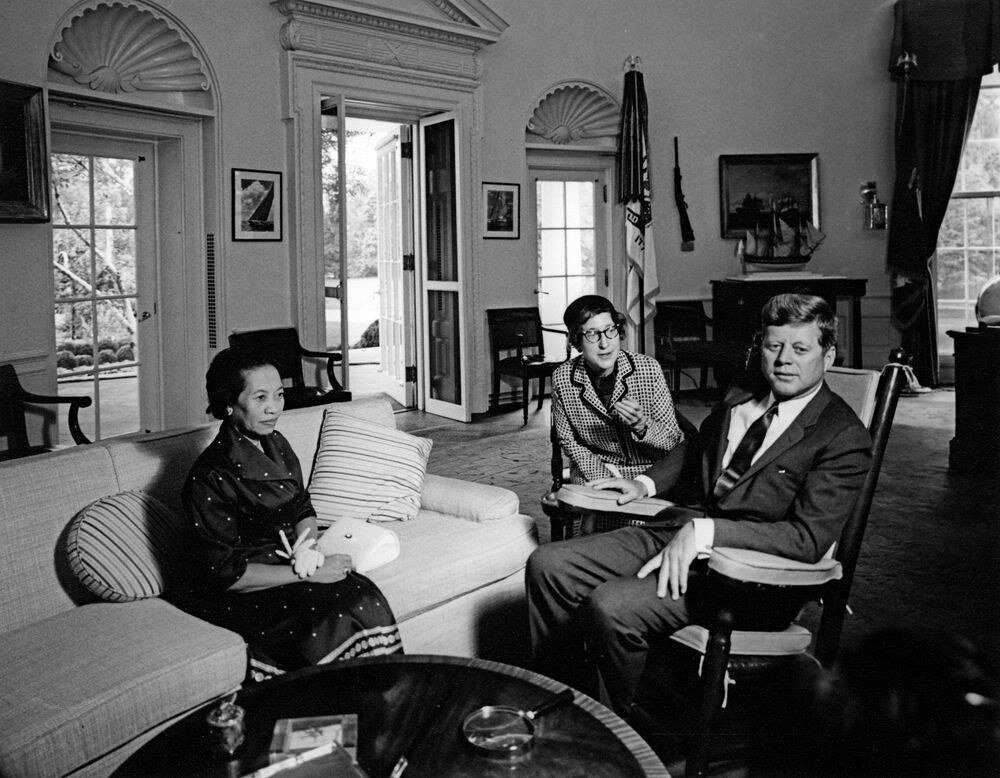Rasmi Sobbhana Norodom
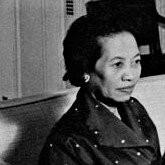
H.R.H. Princess Norodom Rasmi Sobbhana (សម្តេចព្រះរាជកនិដ្ឋា នរោត្តម រស្មីសោភ័ណ្ឌ, Samdech Preah Reach Kanitha Norodom Reaksmey Sophoan in Khmer) (Nov. 1898, Phnom Penh ‑1971, Phnom Penh), daughter of Prince Norodom Sutharot and Princess Norodom Phangangam, was the sister of King Norodom Suramarit, sister-in-law of Queen Kossamak of Cambodia and aunt of King Norodom Sihanouk.
Unmarried, she dedicated her life to social action, in particular the education and empowerment of young women in the Kingdom of Cambodia, as a teacher at Phnom Penh Sutharot School and as the author of two published books: Motifs décoratifs Khmers à l’usage de la broderie (1954) and L’Art de la cuisine cambodgienne (1960). She has been credited of being the first to create the modern ‘Apsara dance’ form in 1958.
In the 1950s and 1960s, Samdech Kanitha was actively helping King (then Prince) Norodom Sihanouk in his effort to promote his non-aligned diplomacy, as seen for instance in the photo below in the White Office Oval Office, with President John F. Kennedy in 1960. She also found a social club for the spouses of the ambassadors accredited to the Kingdom of Cambodia, and presided over the Red Cross’ Cambodian chapter.
At the White House with US President John F. Kennedy, 1960. [courtesy of JFK Library].

1) Princess Rasmi Sobbhana at the arrival of King Norodom Sihanouk’s royal visit in Luang Prabang, Kingdom of Laos, in 1961, with King Srey Svang Vathana, the last sovereign of the Kingdom of Laos, and his spouse [retrieved by @Neath Coffee, 9/7/2023. Unfortunate watermarks added by the French Defense Ministy Information Service hide part of her face]. 2) Attending a Visak Bochea sermon with female monks, 15 April 1957 [photo kindly shared by Srin Sokmean].
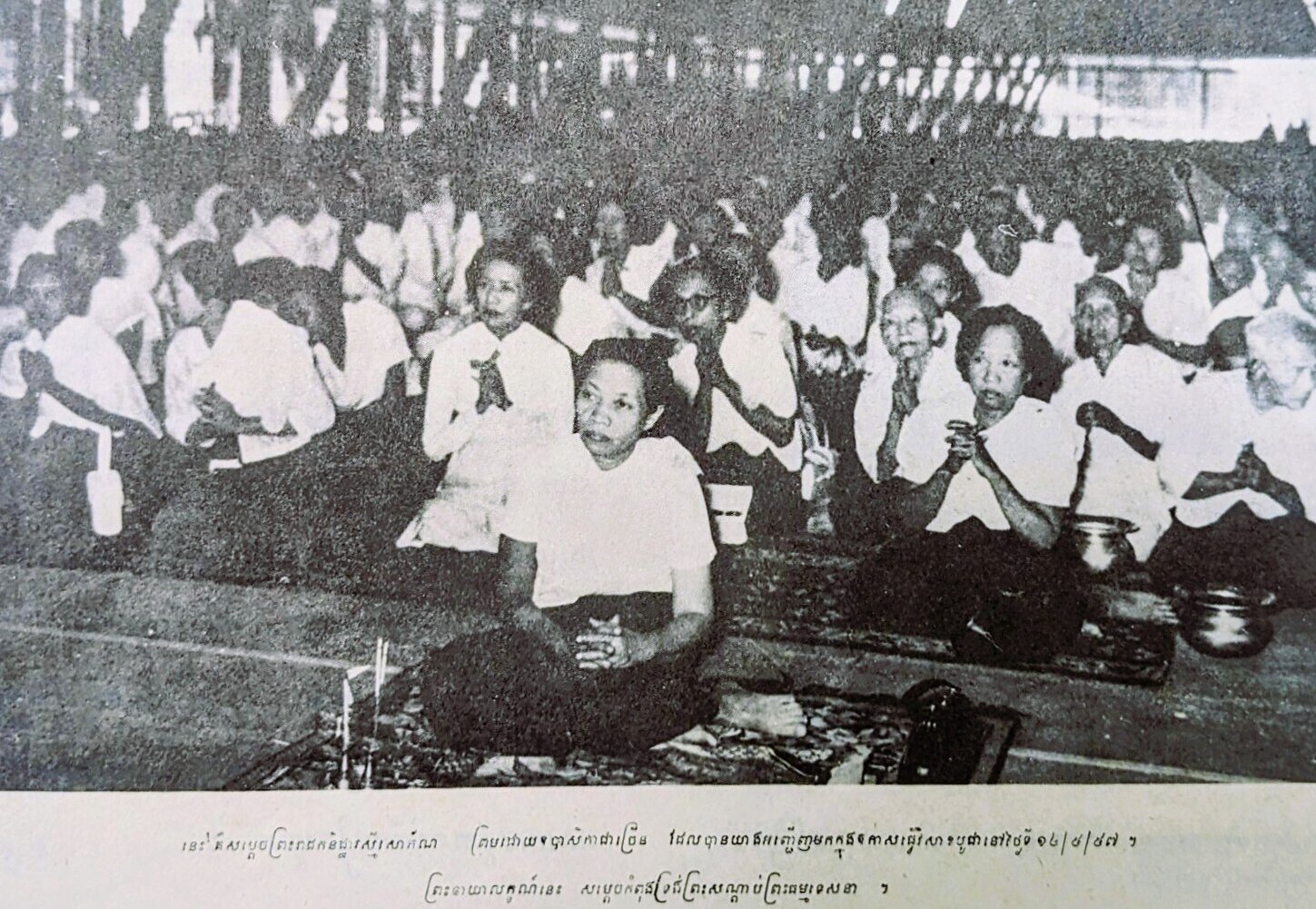
1) Princess Rasmi Sobbhana at the arrival of King Norodom Sihanouk’s royal visit in Luang Prabang, Kingdom of Laos, in 1961, with King Srey Svang Vathana, the last sovereign of the Kingdom of Laos, and his spouse [retrieved by @Neath Coffee, 9/7/2023. Unfortunate watermarks added by the French Defense Ministy Information Service hide part of her face]. 2) Attending a Visak Bochea sermon with female monks, 15 April 1957 [photo kindly shared by Srin Sokmean].
1) Princess Rasmi Sobbhana at the arrival of King Norodom Sihanouk’s royal visit in Luang Prabang, Kingdom of Laos, in 1961, with King Srey Svang Vathana, the last sovereign of the Kingdom of Laos, and his spouse [retrieved by @Neath Coffee, 9/7/2023. Unfortunate watermarks added by the French Defense Ministy Information Service hide part of her face]. 2) Attending a Visak Bochea sermon with female monks, 15 April 1957 [photo kindly shared by Srin Sokmean].
In 1995, H.R.H. Princess Norodom Ranaridh Marie created the Samdech Rasmi Sobbhana Women’s Foundation, named after S.A.R. Princess Rasmi Sobhana. Initially a shelter for war orphans and refugee children on the Thai-Cambodian border, the Sobbhana Foundation opened three training centers helping young Cambodians to master traditional craft skills such as silk weaving, embroidery or wood carving. In 2022, after the expanded republication of the Princess’ book, a Samdech Rasmi Sobbhana Scholarship Program was launched with the proceeds from the book’s sales, with the active support of Templation Angkor Resort and Angkor Database.
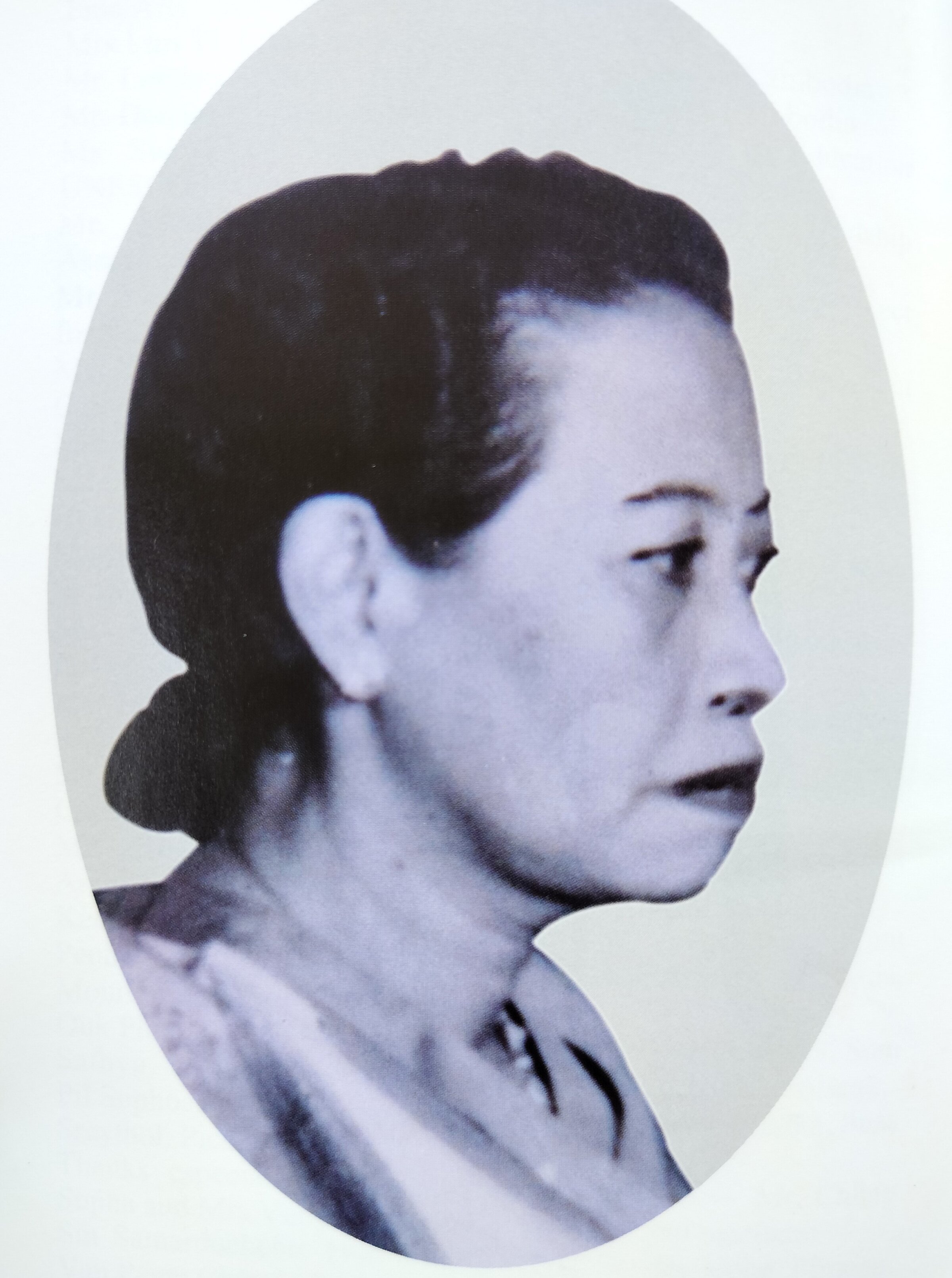
1) The Princess’ portrait in the book Apsara Dance, dedicated to Queen Kossamak and to her. 2) Another portrait of Samdech Kanitha in the 1960s. [courtesy of HRH Princess Norodom Marie.]
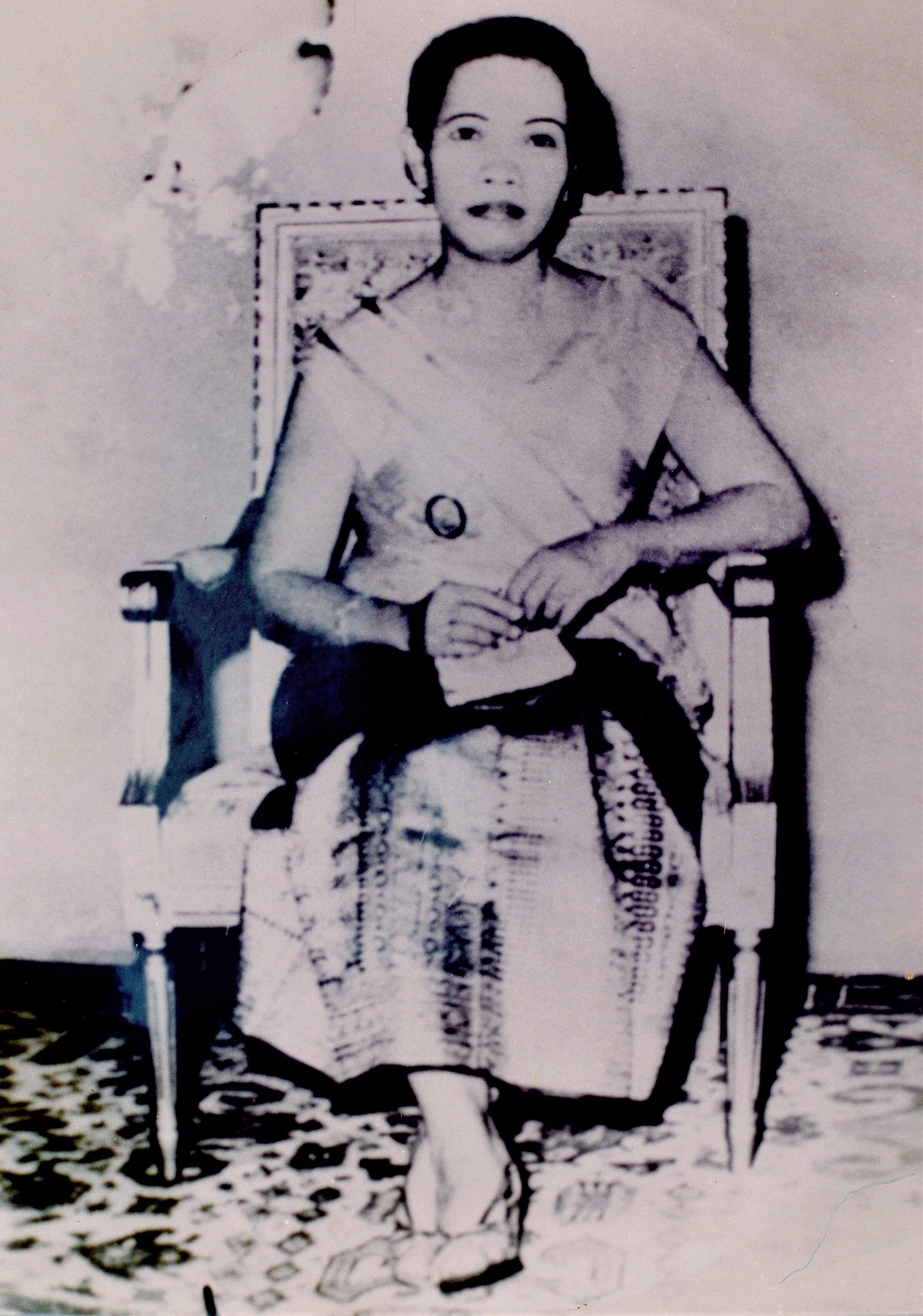
1) The Princess’ portrait in the book Apsara Dance, dedicated to Queen Kossamak and to her. 2) Another portrait of Samdech Kanitha in the 1960s. [courtesy of HRH Princess Norodom Marie.]
1) The Princess’ portrait in the book Apsara Dance, dedicated to Queen Kossamak and to her. 2) Another portrait of Samdech Kanitha in the 1960s. [courtesy of HRH Princess Norodom Marie.]
- Related Books
- Related Publications

